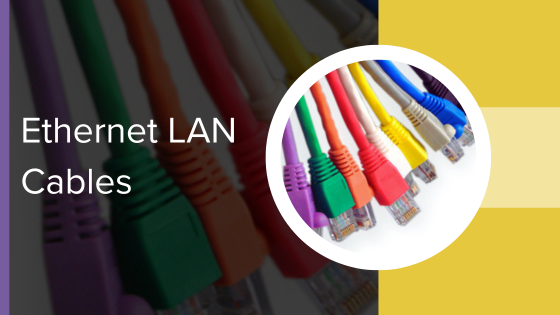In the age of high-speed internet and cloud-based everything, the humble LAN cable still plays a vital role in keeping networks fast, stable, and secure. Whether you’re wiring a home office, outfitting a commercial building, or optimizing a data center, choosing the right Ethernet cable is essential. But with so many categories and technical terms floating around, it’s easy to feel overwhelmed. Understanding the distinctions between LAN cable types can help you make smarter, future-proof decisions.
Breaking Down the Categories
So, สายแลน มีกี่แบบ Technically, there are more than a dozen Ethernet cable categories defined over the years, but only a handful are relevant for modern use. The most commonly used types today include CAT5e, CAT6, CAT6a, CAT7, and CAT8. Each category represents a different standard of performance, defined by bandwidth capacity, shielding, and transmission speed.
CAT5e, short for Category 5 enhanced, is the entry-level option for most residential setups. It supports speeds up to 1Gbps and is suitable for basic internet use, streaming, and light gaming. CAT6 improves on this with support for up to 10Gbps over short distances and better resistance to interference. CAT6a takes it further with enhanced shielding and longer cable runs at high speeds, making it ideal for offices and small businesses.
CAT7 and CAT8 are designed for high-performance environments. CAT7 supports up to 10Gbps over 100 meters and features individually shielded pairs for superior noise resistance. CAT8, the latest and most advanced standard, supports up to 40Gbps over 30 meters and is used in data centers and enterprise networks where speed and reliability are paramount.
Shielding and Construction Matter
Beyond category numbers, LAN cables differ in shielding and internal construction. Shielding helps protect the signal from electromagnetic interference (EMI), which can degrade performance. Unshielded twisted pair (UTP) cables are common in residential settings, while shielded twisted pair (STP) or foil-shielded cables are better suited for industrial or high-interference environments.
The conductor type also plays a role. Solid conductors are ideal for permanent installations like in-wall wiring, offering better performance over long distances. Stranded conductors, made of multiple thin strands, are more flexible and suited for patch cables or setups where the cable may be moved frequently.

Choosing the Right Cable for Your Setup
Selecting the right LAN cable depends on your specific needs. For casual users, CAT5e or CAT6 is usually sufficient. Gamers and streamers may benefit from CAT6a for reduced latency and better shielding. Businesses and tech enthusiasts looking to future-proof their networks might opt for CAT7 or CAT8, especially if they’re dealing with high data loads or planning for 10Gbps+ speeds.
It’s also important to consider the length of the cable run. Longer distances can degrade signal quality, especially if the cable isn’t rated for the task. Always check the manufacturer’s specifications for maximum run length and performance guarantees.
Where to Buy Quality LAN Cables
Finding a LAN cable that actually delivers on its specs isn’t as simple as grabbing the cheapest option online. Inferior builds often hide behind flashy packaging—thin copper cores, poor shielding, and misleading speed claims can sabotage your network before it’s even plugged in. That’s why it pays to source from a vendor that understands the difference between marketing fluff and engineering precision.
Personethshop stands out by curating cables that meet real-world performance standards, not just theoretical benchmarks. Their catalog spans everything from everyday CAT6 patch cords to enterprise-grade CAT8 lines, each backed by transparent specs and compatibility details. Whether you’re wiring a gaming setup or deploying a rackmount switch, Personethshop makes it easy to filter by category, shielding type, and bandwidth rating—no guesswork, no gimmicks.
Conclusion
LAN cables may seem like a small detail in the grand scheme of networking, but they’re foundational to performance and reliability. Understanding the different types—from CAT5e to CAT8—and how they relate to your environment can save you time, money, and frustration. Whether you’re upgrading a home setup or designing a commercial network, the right cable makes all the difference. And with trusted suppliers like Personethshop, you can be confident that your network is built on a solid foundation.








